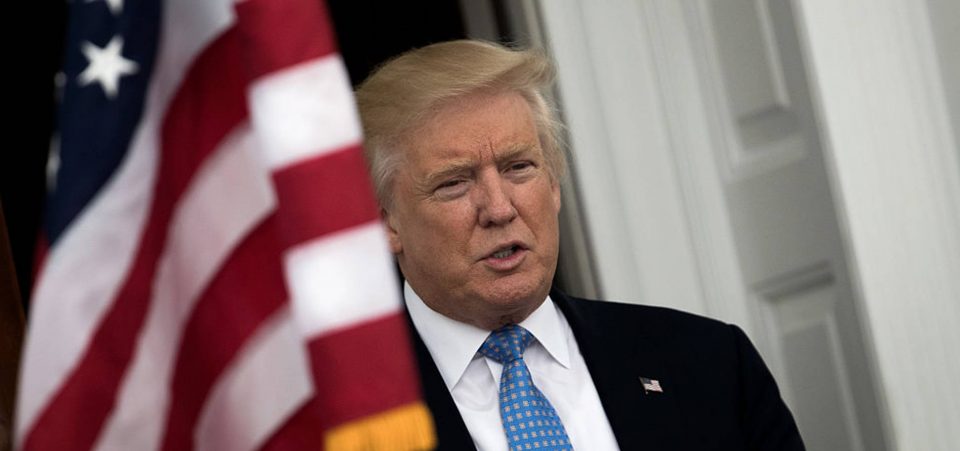Trump Policies to Boost Global Growth?
After years of downgrading its global economic growth outlook, the Organisation for Economic Co-operation and Development (OECD) has hopped on the Donald Trump bandwagon, now believing that his presidency will lead to faster growth, not just in the U.S. but around the world.
The Paris think tank said global growth will pick up faster than expected thanks to Trump’s planned tax cuts and public spending. The U.S. economy is forecast to grow by 2.3% in 2017 and 3.0% in 2018. (Source: General Assessment of the Macroeconomic Situation, oecd.org, November 27, 2016.)
Global gross domestic product (GDP) will expand faster than previously expected as Trump’s planned tax cuts and infrastructure spending stimulates growth in the U.S., which will then spill over to the rest of the world. The global economy is expected to grow by 3.3% in 2017 and 3.6% in 2018.
The U.S. is, without question, the biggest economy in the world. But can Trump’s economic policies really pull the entire global economy, which for the last five years has been stuck in slow growth mode (near three percent), forward?
Unfortunately, no one really knows what Trump’s economic action plan looks like. His campaign promises, while encouraging, were still pretty benign: cut corporate and personal income taxes (without cutting spending) and boost infrastructure spending by as much as $1.0 trillion. These are the kind of promises most people who want to get into office say will help grow the economy.
Economic Growth Dependent on Trump Keeping His Word
Solid U.S. and global growth in 2017 and 2018 is, the OECD maintains, contingent upon Trump following through on his campaign promises. At least his economic ones. Trump has already broken some of his promises, including opening an investigation into Hillary Clinton’s e-mail troubles and alleged conflict of interest at the Clinton Foundation.
Trump is also backing away from water-boarding terror suspects. He’s also waffling on his campaign pledge to scrap the Paris Agreement on climate change, a Muslim registry, and a border wall financed by Mexico. And frankly, if you are going to break some campaign promises, these are good ones to start with.
However, ditching his promises of higher government spending and lower taxes could have far-reaching consequences. At least according to the OECD. If Trump’s economic strategy fails to materialize, global growth could be around 0.4% weaker than projected next year and 0.6% weaker in 2018. These results could be even weaker if he implements higher tariffs on imports from China and Mexico and reassesses other trade deals.
The “Trump effect,” which isn’t expected to materialize until the second half of 2017, is based on an economic policy that really isn’t that different from Hillary Clinton’s. Why Trump’s increased government spending and lower taxes are expected to boost global growth and Clinton’s plan is expected to just add more debt is confusing. Though a moot point now.
The one thing the OECD has been consistent with though is the idea that governments need to use fiscal tools in conjunction with monetary policies to kick-start growth. In other words, it’s OK for a planet drowning in debt to take on more debt. A strategy that hasn’t helped kick start growth yet.
The markets may be at record levels and the OECD bullish on Donald Trump, but the economic outlook remains uncertain. Those not certain Trump’s government spending will pave the way to economic success may want to consider researching precious metal stocks that continue to perform well, including Barrick Gold Corporation (NYSE:ABX), Coeur Mining, Inc. (NYSE:CDE), and Pan American Silver Corp. (NASDAQ:PAAS).






